SOURCE: IDRW.ORG TEAM
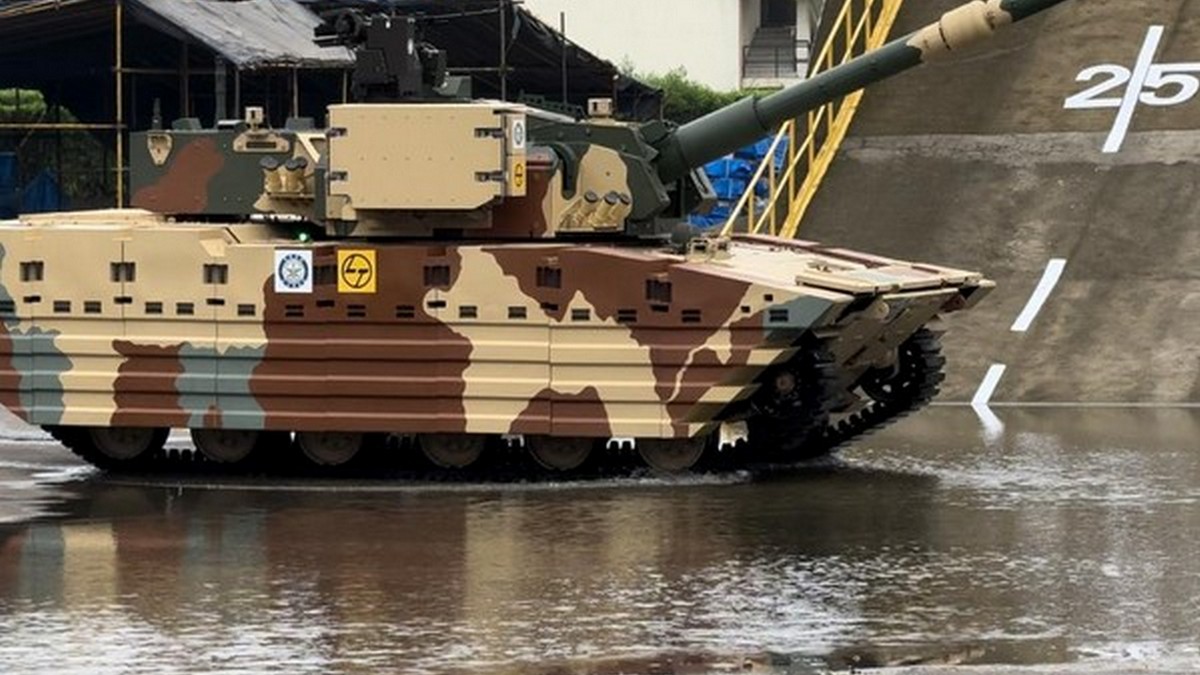)
Dr. Samir V. Kamat, Secretary of the Department of Defence Research and Development (DDR&D) and Chairman of the DRDO, has highlighted the exceptional versatility of the DRDO-developed Light Tank, co-created with Larsen & Toubro (L&T). Designed with a weight of 25 tons, the tank is not only optimized for the challenging high-altitude conditions near the Line of Actual Control (LAC) but is also ideally suited for the demanding terrain of the Rann of Kutch, a vast salt marsh in the Thar Desert.
The Rann of Kutch, infamous for its treacherous mudflats and soft ground, has historically proven to be a formidable obstacle for armored vehicles. In 1965, the Pakistani Army’s tank advance into the region was significantly hampered by the challenging terrain, resulting in numerous vehicles getting bogged down. The DRDO’s Light Tank, with its reduced weight, is expected to overcome these challenges, providing superior mobility in such environments.
Continue readingSOURCE: IDRW.ORG TEAM
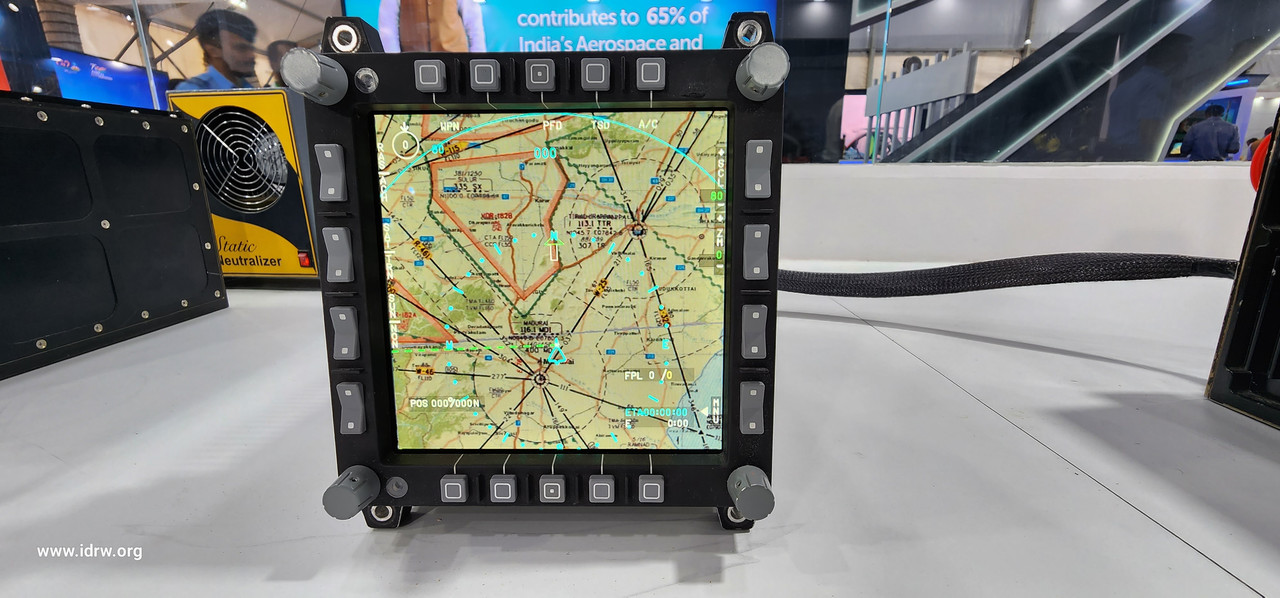
The Department of Defence Production (DDP) has announced the 5th Positive Indigenisation List (PIL), marking a significant step towards self-reliance in the Indian defence sector. This list identifies crucial equipment that will be indigenously manufactured by 2028, reducing dependence on foreign imports and boosting domestic capabilities.
The list prioritizes the domestic production of critical components for upcoming weapon systems, platforms, and sensors. This includes items like:
Continue readingSOURCE: AFI

India’s air defense capabilities are set to receive a significant boost with the integration of the advanced S-400 missile system and the indigenous Ballistic Missile Defense (BMD) system. According to Air Marshal M Matheswaran (Retd), in an exclusive interview with Sputnik India, the combined strength of these two systems will form a formidable and comprehensive air defense shield.
The S-400, a state-of-the-art Russian-made missile system, is renowned for its long-range capabilities and ability to intercept a wide range of aerial targets, including aircraft, drones, and ballistic missiles. When coupled with India’s BMD system, which is designed to intercept incoming ballistic missiles, the two systems create a layered defense architecture capable of neutralizing threats at multiple altitudes.
Continue readingSOURCE: AFI
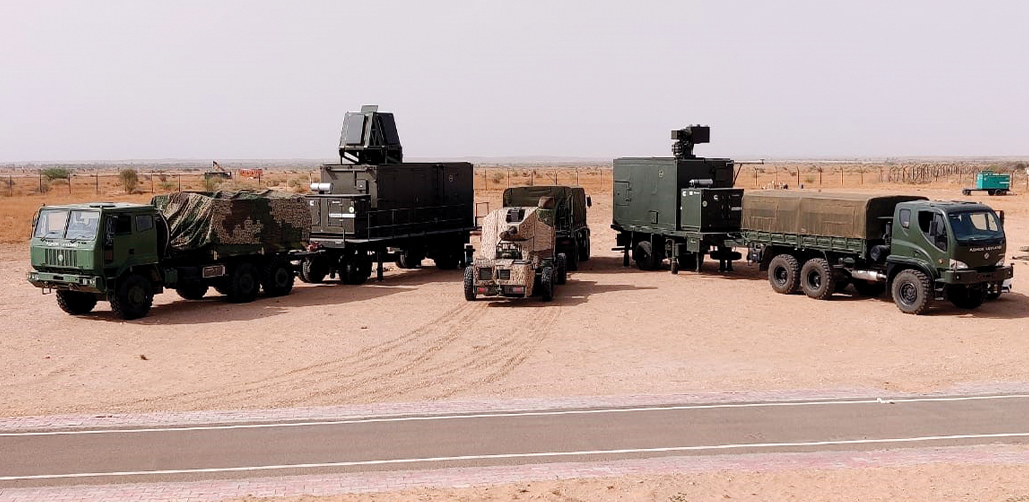
In a recent interview, Larsen & Toubro (L&T) Chief Financial Officer R Shankar Raman emphasized the urgent need for a comprehensive overhaul of India’s defence infrastructure. Speaking from L&T’s headquarters in Mumbai, Raman underscored the importance of accelerating government programs to enhance the country’s defence capabilities.
“We’ve been constantly lobbying, saying that the government should fast-forward this whole programme,” Raman stated. He highlighted that the current pace of development is insufficient to meet the pressing demands of national security. “Defence infrastructure needs an overhaul, and I think they need capable people to deliver that,” he added, stressing the need for skilled and experienced professionals in executing these critical projects.
Continue readingSOURCE: AFI

A dramatic escalation in the ongoing conflict between Russia and Ukraine has been reported, with a Ukrainian MiG-29 fighter jet successfully intercepted by a Russian R-37M long-range air-to-air missile. According to Russian military sources, the incident occurred as the Ukrainian aircraft was attempting to launch AGM-88B HARM anti-radar missiles against Russian air defense systems.
The MiG-29 was detected by a Russian aircraft equipped with the Irbis-E radar at an astonishing distance of approximately 270 kilometers. The R-37M missile then engaged the target, successfully intercepting it at a range of between 220 and 200 kilometers.
Continue readingSOURCE: AFI

In a significant move to address the state’s growing electricity demand, the Kerala State Electricity Board (KSEB) has initiated discussions to establish the state’s first nuclear power plant. The project aims to generate 440 megawatts of power through two units, each with a capacity of 220 megawatts.
A high-level KSEB delegation met with officials from the Nuclear Power Corporation of India Limited (NPCIL) in Mumbai to explore the feasibility of the project. The state government is eyeing potential locations such as Athirappally in Thrissur and Cheemeni in Kasaragod for the plant.
Continue readingSOURCE: RAUNAK KUNDE / NEWS BEAT / IDRW.ORG
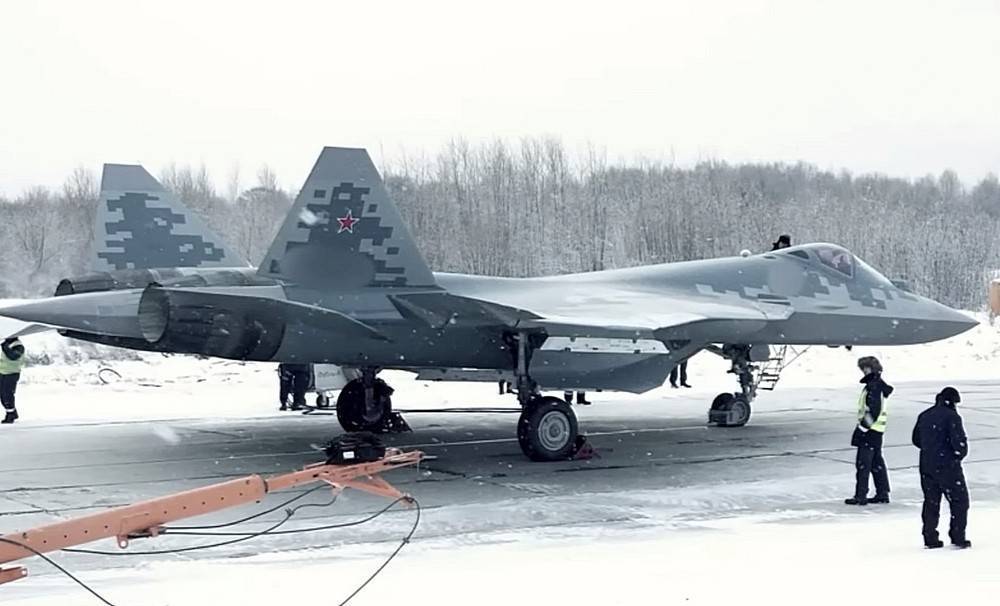
Russia is making a renewed push to attract India to its fifth-generation Su-57 fighter jet program, claiming to have addressed key concerns raised by the Indian Air Force (IAF) that led to India’s exit in 2018.
The IAF had reservations about the baseline Su-57, particularly its engine and stealth capabilities. The original AL-41F engine, based on the Su-30MKI’s engine, limited the jet’s ability to achieve sustained supersonic speeds without afterburner, a vital feature for a true fifth-generation fighter. Additionally, the IAF questioned the overall stealth design of the Su-57.
Continue readingSOURCE: RAUNAK KUNDE / NEWS BEAT / IDRW.ORG
In a bid to overcome the challenges faced in its High-Altitude Long-Endurance (HALE) Unmanned Aerial Vehicle (UAV) program, the Aeronautical Development Establishment (ADE) is seeking foreign expertise. General Atomics, a renowned aerospace and defense company, has extended an offer to act as a consultant for India’s HALE UAV development.
The ADE’s previous attempts at developing UAVs, particularly the Medium-Altitude Long-Endurance (MALE) UAV, Tapas, have been marred by delays and performance issues. This has cast a shadow over the ambitious HALE UAV project.
Continue readingSOURCE: RAUNAK KUNDE / NEWS BEAT / IDRW.ORG
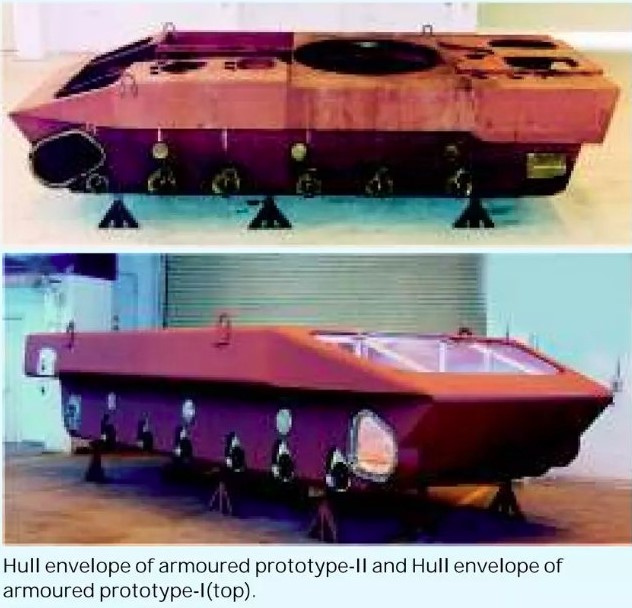
India’s DRDO (Defence Research and Development Organisation) has achieved a significant breakthrough in tank design with the Zorawar Light Tank. The 25-ton tank is the first to utilize a Composite Armour Monocoque construction, leading to a remarkable 40% weight reduction compared to traditional steel-armoured vehicles.
The Composite Armour Monocoque technology integrates the hull and Armour of the tank into a single, unified structure. This innovative approach eliminates the need for a separate chassis, resulting in a lighter and more agile combat platform.
Continue readingSOURCE: AFI

In a significant setback for India’s indigenous fighter jet program, General Electric (GE) has drastically reduced its engine deliveries to Hindustan Aeronautics Limited (HAL). The American aerospace giant was contracted to supply 99 F404-IN20 engines for the Tejas Mk1A fighter aircraft in 2021, with deliveries scheduled to commence from late August 2023. However, recent developments indicate a substantial shortfall in the promised supply.
Instead of the anticipated 16 engines, GE is set to deliver only two F404-IN20 engines in September. This represents a shortfall of nearly 14 engines for the year, casting a shadow over the production timeline of the Tejas fighter.
Continue readingSOURCE: AFI
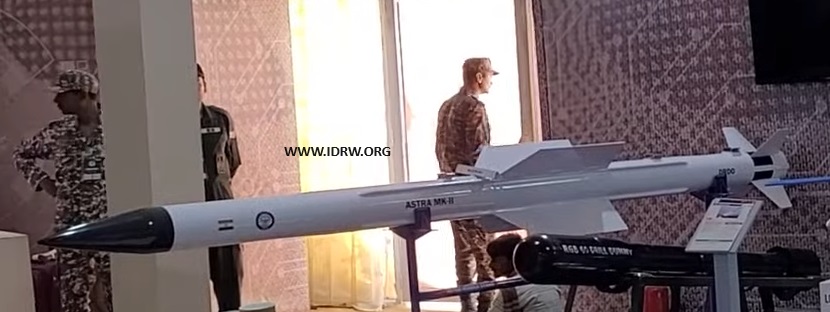
The Defence Research and Development Organisation (DRDO) is intensifying its efforts to develop the Astra Mk2 air-to-air missile. A crucial step in this process involves the procurement of composite propellent casting for the missile’s dual pulse rocket motor, along with the necessary hardware assembly.
Concurrently, another batch of Astra Mk2 missiles is undergoing fabrication for rigorous testing. This underscores DRDO’s commitment to refining the missile’s capabilities. The organization is aiming to conduct comprehensive full configuration testing later this year, a significant milestone before the missile is offered for user trials.
Continue readingSOURCE: AFI
In a remarkable yet lesser-known episode, when Pakistani Air Force (PAF) F-16s launched volleys of Beyond Visual Range (BVR) air-to-air missiles at a lone Indian Sukhoi-30MKI, callsign “Avenger-1,” a pair of upgraded MiG-29UPG multi-role fighter jets swiftly took off from Adampur Airbase. Their mission: intercept the F-16s hovering near the Line of Control (LOC). The MiG-29UPG jets, reaching supersonic speeds, flew towards the sector, prompting the F-16s to retreat upon detecting the approaching Indian aircraft.
Recognizing the strategic importance of the MiG-29UPG, the Indian Air Force (IAF) has, for the first time, deployed five of these aircraft to Exercise Eastern Bridge in Oman, held from October 17-26, 2019. This exercise aims to provide valuable exposure to the Royal Air Force of Oman’s F-16 Block 50 aircraft. The decision follows the IAF’s acquisition of 21 additional MiG-29s from Russia, all upgraded with new engines, radar, and avionics, making them as capable as the PAF’s F-16 Block 52 variants.
Continue readingSOURCE: IDRW.ORG TEAM
In a significant boost to the Indian Navy’s underwater capabilities, the Ministry of Defence (MoD) is poised to finalize a deal for the procurement of three additional Kalvari-class submarines by the end of this year. These submarines will be locally manufactured by the state-owned Mazagon Dock Limited (MDL) in collaboration with the French Naval Group.
The decision comes on the heels of successful negotiations and price submissions for the project. This acquisition marks a continuation of the successful Kalvari-class program, which has already seen six submarines join the Indian Navy.
Continue readingSOURCE: IDRW.ORG TEAM
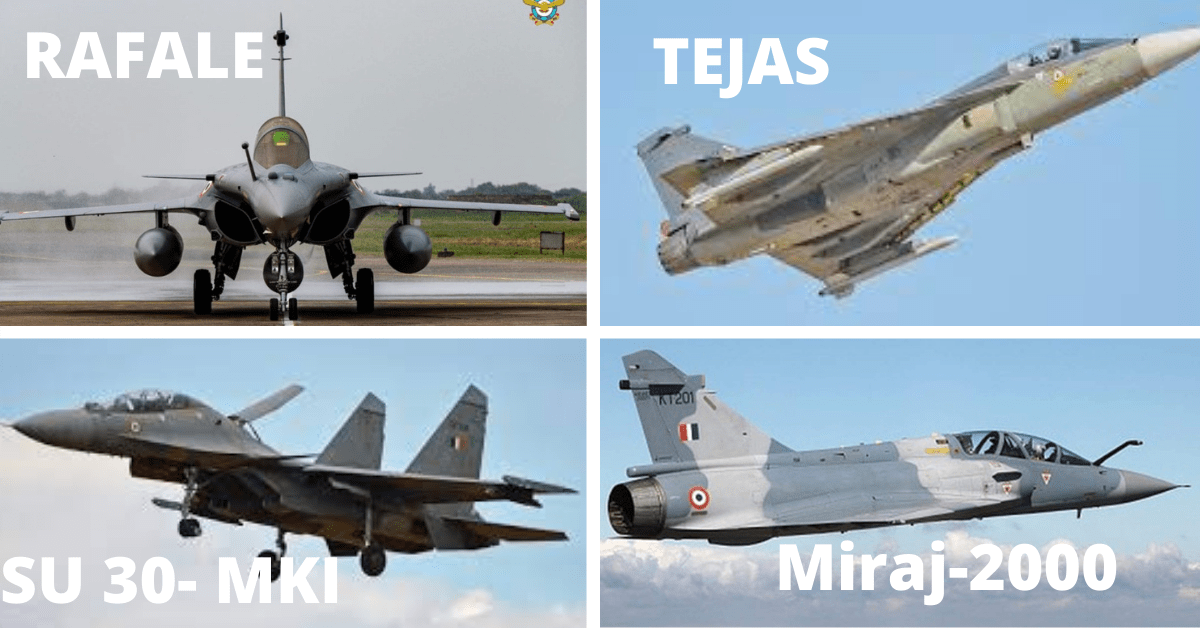
The Indian Air Force (IAF) is grappling with a severe shortage of fighter squadrons, a crisis that is set to deepen in the coming years. Currently operating at a strength of just 31 squadrons, significantly below the required 42, the IAF is facing a daunting challenge to maintain its operational readiness.
The situation is further compounded by the impending retirement of the last two MiG-21 Bison squadrons by the end of 2025. While the Tejas Mk1A is positioned as their replacement, delays in its production and delivery have exacerbated the shortfall.
Continue readingSOURCE: AFI

The Indian Navy’s frontline frigate, INS Tabar, has arrived in St. Petersburg, Russia, to participate in the grand Russian Navy Day celebrations. However, closer inspection of the warship has revealed intriguing details about its recent operational history. Clear drone kill marks, absent in earlier photographs, are now visible on the ship’s hull.
This discovery has ignited speculation about the frigate’s involvement in intense maritime operations. Earlier this year, India deployed a significant naval force to the Red Sea to counter the growing threat of piracy and drone attacks. The region has been under siege by the Houthi rebels, who have employed Iranian-made Shahed-136 drones to target commercial vessels. The drone’s kill figure on the warship, particularly its distinctive cropped delta-wing shape, with a central fuselage blending, aligns with the design of the Shahed-136 drones.
Continue reading